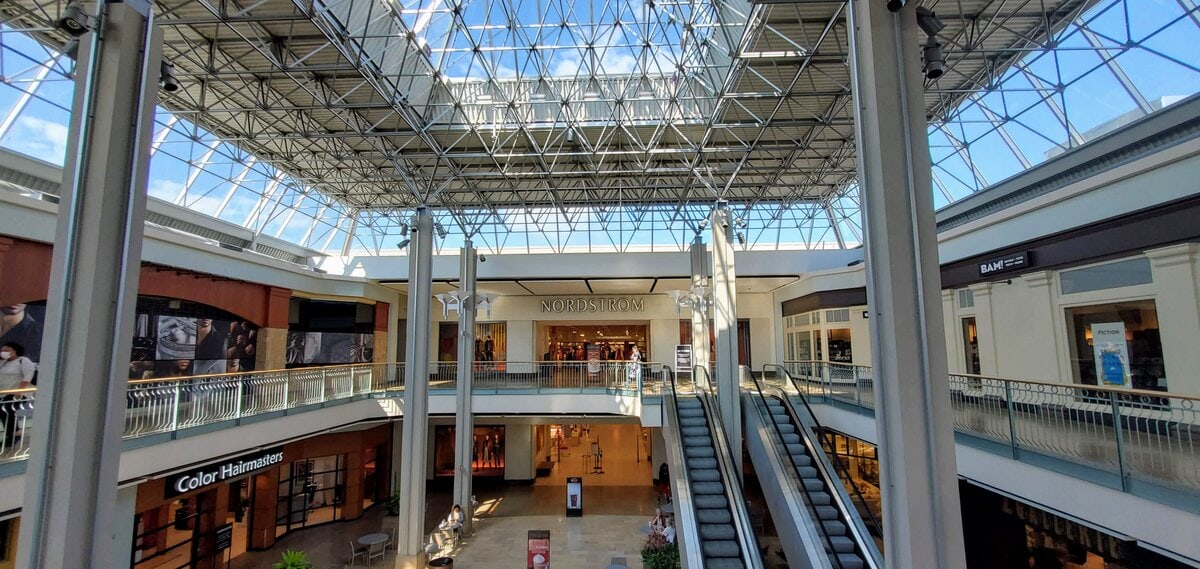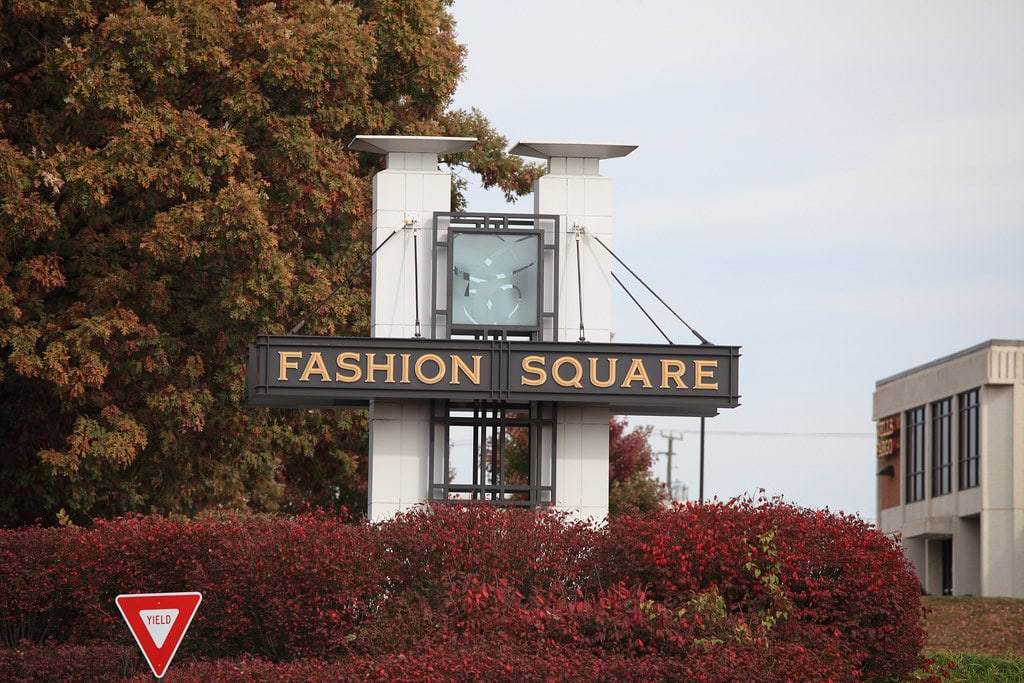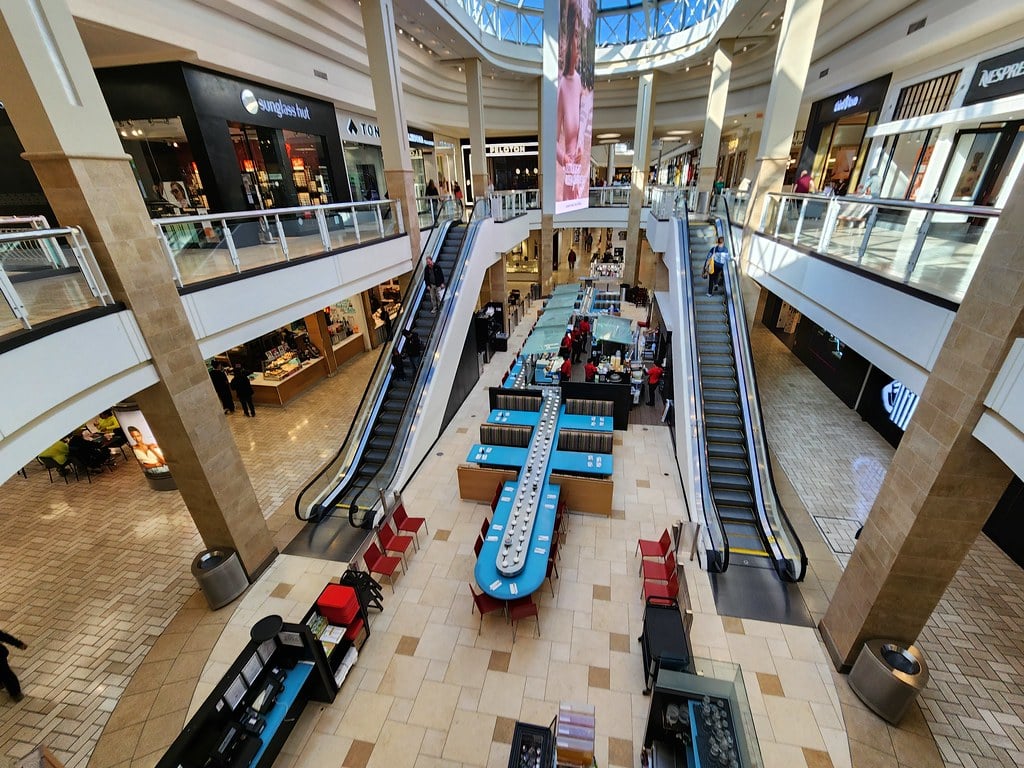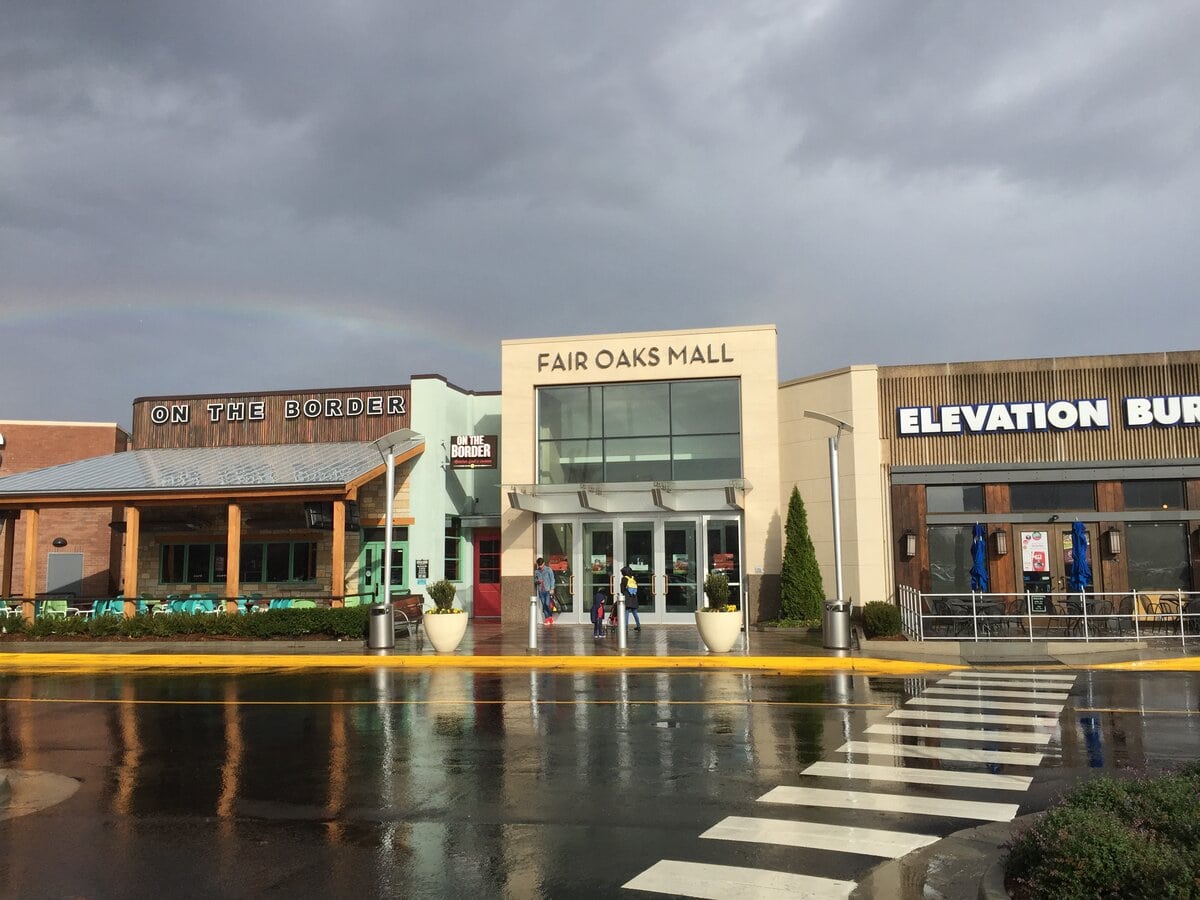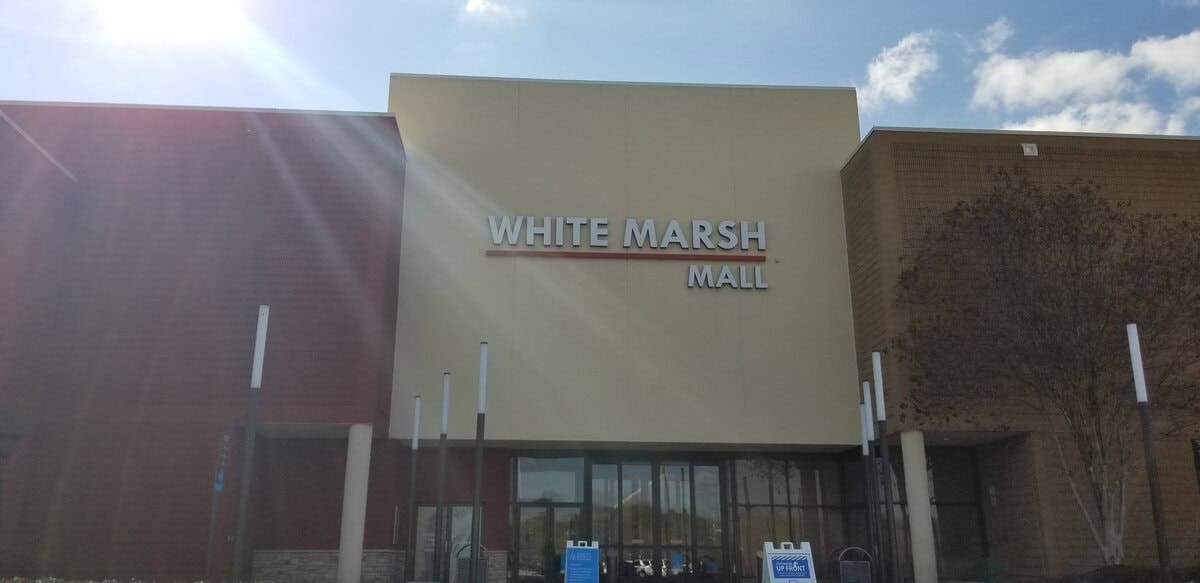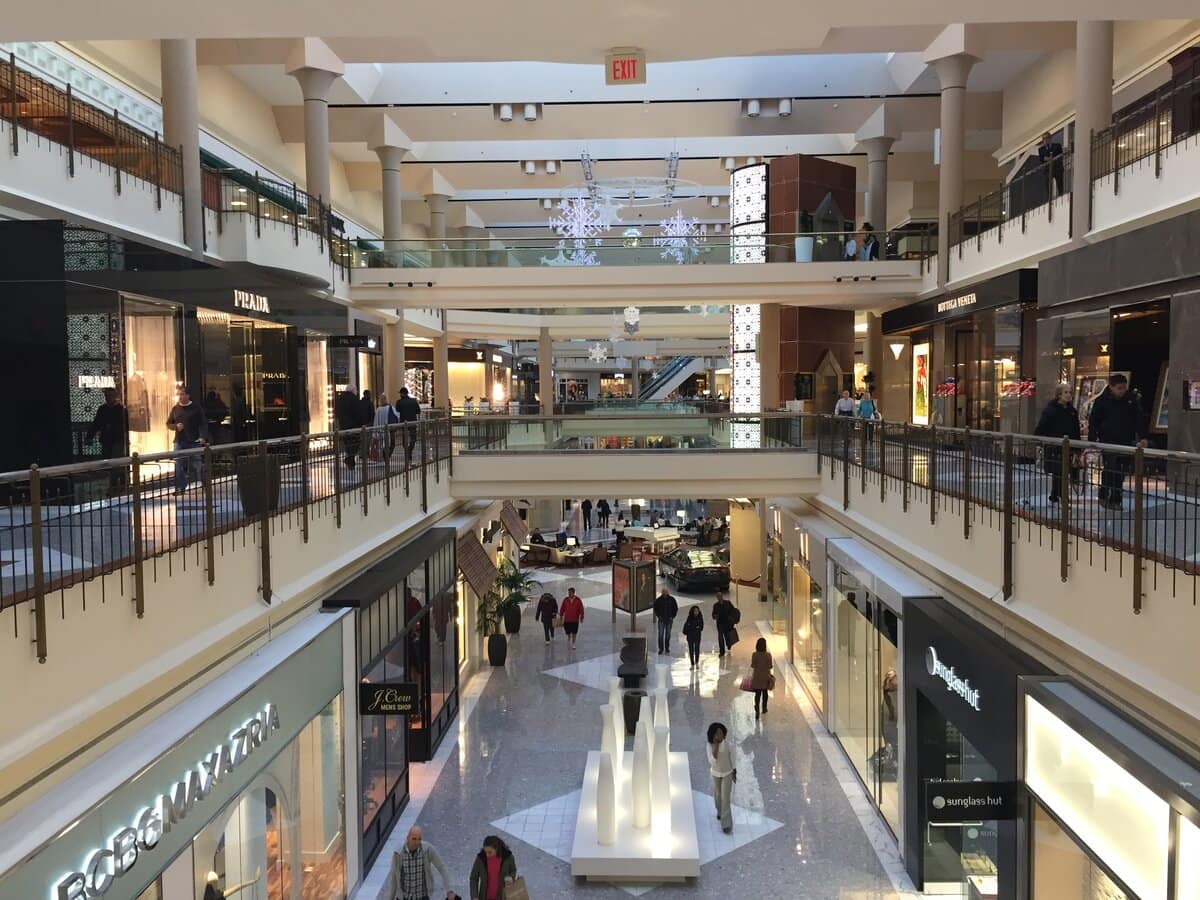Where the Plaza Once Promised the Future
Before it became a mall with Target, Macy's, and a soon-to-land Primark, the place was Prince George's Plaza. In 1959, it arrived with the same mid-century promise shared by thousands of suburban centers across the country.
That promise meant parking for 4,000 cars, a Hecht Company department store, and the idea that shopping could be both convenient and modern.
Located in Hyattsville, Maryland, this corner of East-West Highway still carries that retail DNA, reshaped by decades of construction, rebranding, and redevelopment.
If you are searching for things to do in Hyattsville, Maryland, this old plaza-turned-mall still carries weight.
Launching Retail Ambitions - The 1959 Prince George's Plaza
When Prince George's Plaza opened in 1959, it wasn't enclosed.
It was designed as an open-air shopping center, and at its core stood the Hecht Company.
That anchor debuted a few months earlier, on November 2, 1958.
Maryland Governor Theodore R. McKeldin gave a speech, bought a ladder, and helped cut the ribbon in front of a crowd of about 3,000.
Hecht's took up nearly a third of the planned 600,000 square feet. The developers expected 60 stores to follow.
The scale mattered - this was suburban Maryland trying to match the emerging shopping models seen around D.C. and across the country.
Grand Union opened the following month, in December 1958.
Santa Claus arrived by helicopter, stepped onto the pavement, and led the ceremony.
Inside, the 45,000-square-foot store featured a rotisserie for barbecued chicken and a gourmet cheese department.
There were automated check-out booths and a section called the "food-o-matic display."
This wasn't a placeholder. It was the start of a permanent retail address.
A local version of the national shift, built for drivers and shoppers who didn't want to head into Washington to find what they needed.
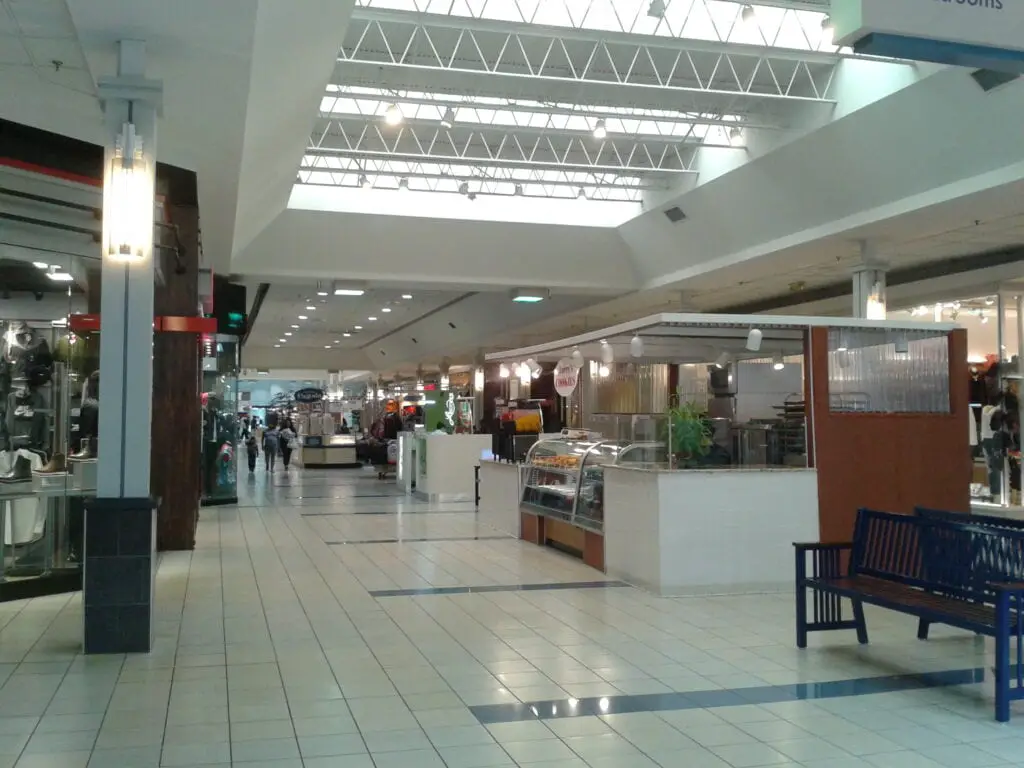
Anchor Realignment and Retail Turnover
The early retail lineup at Prince George's Plaza had staying power, but not everything lasted.
In December 1965, Raleigh Haberdasher committed to 20,000 square feet, planning a fifth store for the Washington market.
The store opened in 1966, operated for 25 years, and closed in 1991.
The chain itself folded by the end of 1992. That space didn't sit idle for long. After a full teardown, Target opened there in 2004.
Marshalls and Ross Dress For Less followed, using the part of the new build.
Across the years, other anchors cycled in and out.
Woodward & Lothrop opened in August 1966, replacing excavation scars that had turned tragic - two boys lost their lives during site preparation.
The store itself remained until the entire Woodies chain collapsed in 1995.
After that, JCPenney took over the footprint and held it for 25 years.
The Grand Union grocery store, part of the original 1958 mix, changed hands a few times.
Food-a-rama, a Baltimore chain, took over the location in 1984.
Later, Kids "R" Us came in, followed by Office Depot, which closed in 2009.
Then came Kids 4 Less, which lasted until 2013. That space was eventually reallocated to TJ Maxx.
Each change tracked a pattern. Department store declines, discount chain expansion, and short-run tenants filling in gaps.
Across it all, the property kept cycling tenants with one eye on the square footage and another on consumer traffic.
Square Foot Shuffle - Post-Penney Redevelopment and the Arrival of Primark
JCPenney announced its closure on June 23, 2020. It was part of a nationwide cut affecting 13 stores.
The Mall at Prince George's location closed that October.
That left a large, hollow box in the middle of the mall - and no clear next step.
Demolition came in phases. Part of the JCPenney building was torn down in 2022, with early plans floating the idea of a 360-unit apartment complex.
That version never moved forward. Instead, by early 2024, PREIT confirmed that a retail tenant would return.
Primark, an Irish fast-fashion chain, announced its plans to open a 30,000-square-foot store in the remaining portion of the structure.
The new store is slated for 2025. PREIT chose to reuse the shell instead of razing it entirely.
The choice kept some of the original footprints while flipping the use case back to apparel.
Primark already operates in Hanover, Maryland, at Arundel Mills Circle.
The Hyattsville location will be its second in the state.
Unlike its neighboring tenants, Primark tends to draw on younger consumers and carries no e-commerce option in the U.S., so its sales strategy depends entirely on foot traffic.
In dropping the residential proposal and bringing in a new anchor, PREIT signaled that it still sees long-term value in keeping the space retail.
A decision rooted less in branding than in tenant mix and square footage economics.
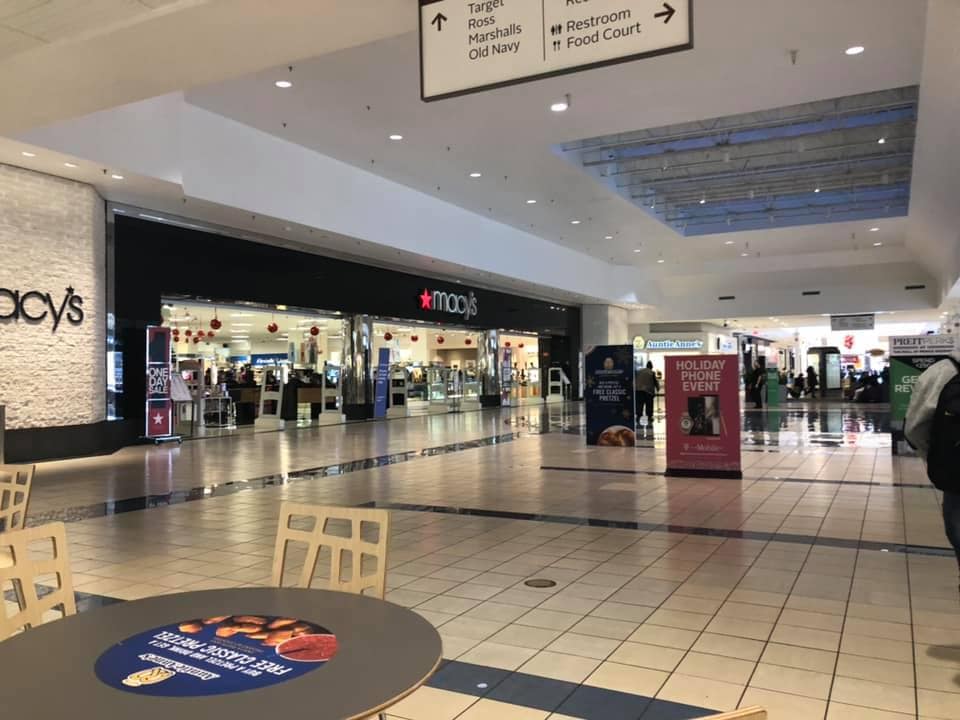
Transit Links and Footfall Math - How Access Shapes the Retail Grid
The Mall at Prince George's didn't have to guess where foot traffic would come from once the Metro station opened.
When Prince George's Plaza Station began service in December 1993, it gave the mall a built-in pipeline from the Green Line straight to its doors. That mattered.
Unlike older centers that relied only on parking lots and highway exits, this mall got transit built into its footprint while still drawing from drivers who never gave up the habit.
WMATA changed the station's name to Hyattsville Crossing in November 2020.
On paper, it was a nod to the area's changing landscape.
In practice, most shoppers still call it the old name, out of habit or muscle memory, depending on who you ask.
Buses run thick through the zone. The F4, F6, F8, R4, and 86 lines from Metrobus all stop near the mall.
TheBus covers it, too, with lines 13, 14, 18, and 19.
Shuttle-UM's 113 line links students and staff to the shopping district, filling in the midday hours when others thin out.
Back in 1959, parking for 4,000 cars was part of the mall's selling point.
That number never disappeared, even as the surface lots shifted, expanded, and absorbed new construction.
Car-based retail didn't vanish; it just made room.
Across Belcrest Road, University Town Center reflects what zoning planners love to pitch: mixed-use space anchored by housing, food, and office space.
Whether it feeds the mall or siphons from it depends on the season and the rent roll.
Property Control, Policing, and the Business of Holding Ground
Since 1998, the Mall at Prince George's has been under PREIT's ownership, a landlord that operates with a short list of tenants it trusts.
Over nearly three decades, the company oversaw the name change, the Target build, the demolition of the old JCPenney shell, and, more recently, the Primark deal that dropped in early 2024.
PREIT didn't chase mixed-use headlines or convert to apartments after the JCPenney closure in 2020.
It floated the idea. Then shelved it. Instead, it gave that space to another big-box player.
Fast fashion beats residential if the margins line up and the infrastructure's already there.
Security changed after August 2022. That summer, a tragic incident inside the mall brought pressure.
Hyattsville Police shifted tactics, more patrols, more presence, less silence.
The mall didn't roll out banners or hold press events.
But the change on the ground was obvious to anyone watching the parking lot or walking past the food court.
The tenant list as of 2025 includes Target, Macy's, Marshalls, Ross Dress For Less, Five Below, and TJ Maxx.
With Primark scheduled to open, the anchor count returns to seven.
PREIT's still betting on retail. There's no rezoning, no teardown, no mixed-use pivot.
They're holding the asset, rotating the floor plan, and watching what the foot traffic does next.
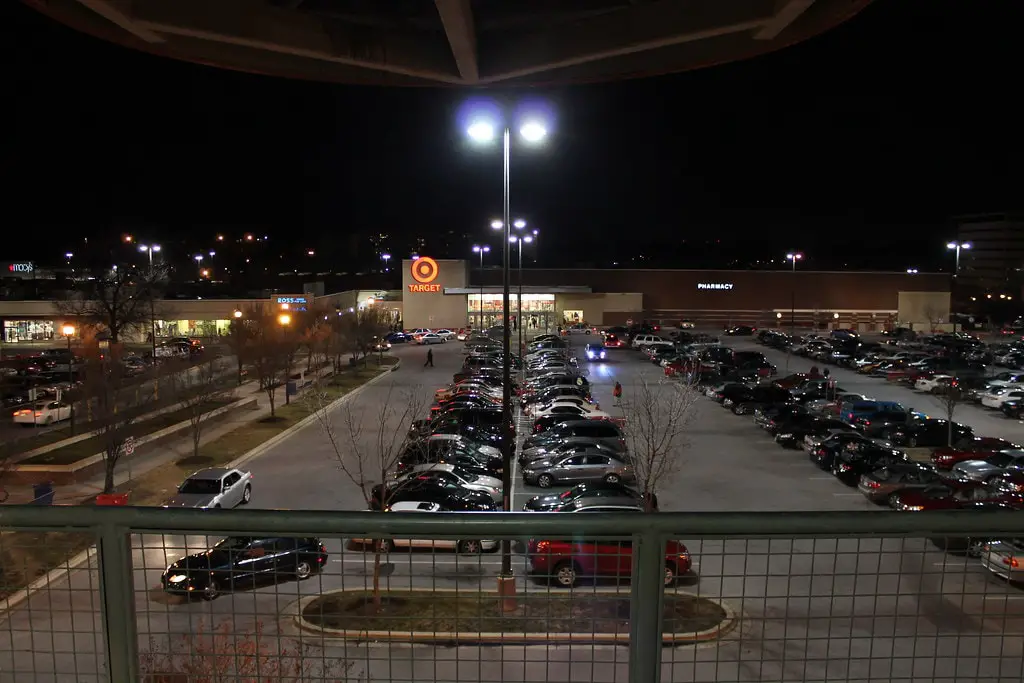
🍀

